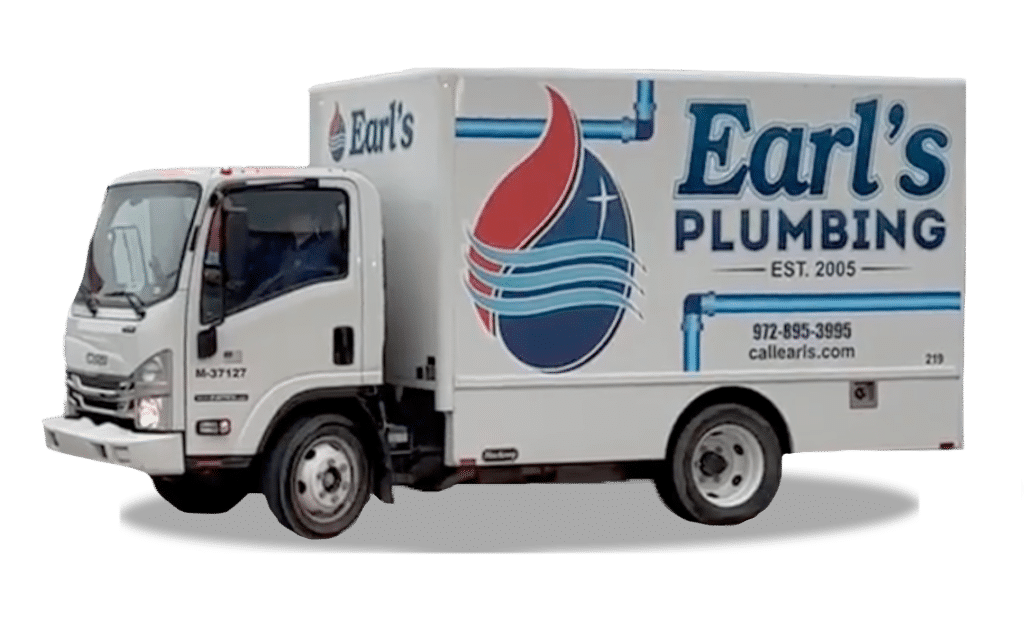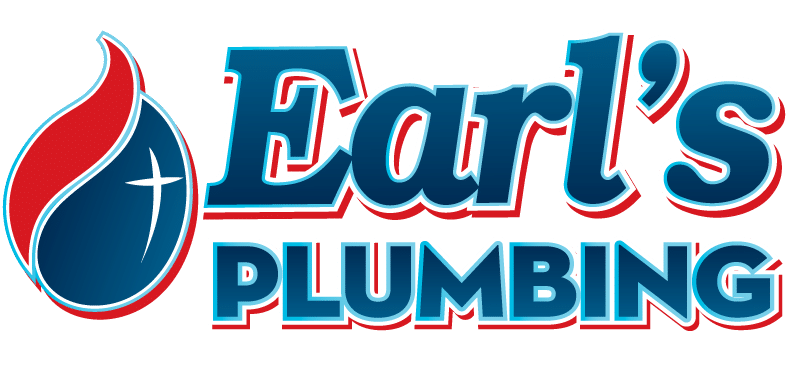Double Check Valve Replacement Services in Frisco, TX
The Double Check Valve (DCV) is a backflow prevention device designed to protect your potable water supply from contamination. In other words, it is a water quality safety device that, when functioning properly and in good working order, prevents the possibility of contaminants from entering your drinking water. Without a properly functioning DCV, open points in your irrigation system could allow contaminants such as insecticides, fertilizer, lawn chemicals, and pet or rodent feces to enter your water supply.
You may not have given your double check valve much thought—or even known you had one. But its care and keeping are critical for your safety, especially if you suspect you have a water line leak in the yard or a water softener system. At Earl’s Plumbing, our trucks are always stocked with the two main DCV sizes so we’ll be prepared to protect your family’s water supply at a moment’s notice.
What You Need to Know About DCVs
In a residential capacity, the DCV is a complicated-looking device buried in the ground in a fairly large valve box. It is usually located near the water meter, installed on the line that feeds the irrigation system. The irrigation system has many open points in the form of irrigation heads, slow drip emitter lines, and more. These open points are in most cases below the ground surface and could be susceptible to various contaminants.
Contamination could make you very sick. That’s why it’s so important for the DCV to be current and in proper working order. Some municipalities in the Frisco area require DCV or RPZ backflow devices on residential salt tablet water softener systems. Give us a call or check with your local city code officials to determine whether you’ll need one before you purchase a softener system.

Request a Plumbing Estimate Today
"*" indicates required fields
Answers to Your Frequently Asked Questions
Despite their importance to our water safety, we understand that most homeowners don’t know what a double check valve is, or why it’s important. We’re here to answer your questions about this little-known but critical valve.
The DCV also has two pretty important shut-off valves that must be properly functioning. By functioning, we mean that the handles have to be present (not rusted off or partially missing), easily accessible (not covered with years of mud washout and dirt), and not frozen in the open position with rust buildup. The issues noted are very common because this valve is hidden from view and rarely used. In fact, the majority of homeowners don’t know about it at all.
A properly installed and properly functioning DCV allows for safety testing and water leak testing. And if the water to your irrigation system ever needs to be turned off, the DCV is the only shut-off valve for that purpose. Anyone who has had an irrigation valve malfunction or get stuck in the open position knows how important these two handles are.
Most people don’t know what a properly installed DCV is supposed to look like because builders never install them correctly, and irrigators rarely do. They also use inferior materials that will prematurely fail.
Here is what it should look like. When you open the lid of the valve box, the DCV should be completely exposed and clear of any dirt, mud, or debris. In fact, the valve box should not have ANY dirt or mud accumulation inside at all. You should be able to see the black plastic on all 4 sides all the way to the bottom of the box.
Although it is not required by code like it is for the Pressure Reducing Valve (PRV), we always pack the bottom of our valve boxes with 3-6 inches of pea gravel. Adding this pea gravel allows for better drainage and keeps the mud build-up down to a minimum for a longer period of time.
All of our trucks carry 60 to 80 pounds of pea gravel because technically, it is a plumbing-required item. And of course, we have both of the most common sizes of DCVs on every truck.
But the DCV’s lifespan also greatly depends on the environment and conditions where it is located. If yours is completely buried in mud and clay and/or stays flooded, wet, and exposed to soil minerals, then 5 years might be accurate. A certain amount of scale build-up from our municipal water supply can also take a toll. But if properly installed, there is no reason that a DCV should not last 10+ years.
Most if not all municipalities in Texas require annual registration, testing, and certification on ALL backflow devices that are installed in a commercial business (restaurants, bars, hotels, offices, etc.). The fact that the State requires this annually for businesses should underline the importance of a properly installed and functioning DCV and its value in keeping our drinking water safe.
From a residential standpoint, as of early 2023, only some cities are requiring regular testing and certification for DCVs and other types of backflow devices. The testing frequency ranges from annual to every few years based on the municipality.
For example, Lubbock requires residential DCVs to be inspected, assessed, and certified every 3 years. We expect more cities to require this in the future. Some cities also require backflow protection devices on salt tablet softeners and other types of filtration systems. For more information on these types of products, please see Water Softeners & Filtration.
The obscured or “not so obvious” leaks are where the DCV comes into play and why it must be functioning. The worst-case scenario is that you have a slab leak under the house. But to determine this we must be able to isolate the house from the irrigation system and then from the yard line. So, the DCV must be in good working order to be able to remove the irrigation system from the equation.
For the most part, there are four types of water leaks that involve the DCV and/or are common in the yard. Three of those are the responsibility of a licensed plumber and one is for the licensed irrigator or homeowner, depending upon the complexity.
See What Frisco is Saying About Our Plumbing Services

